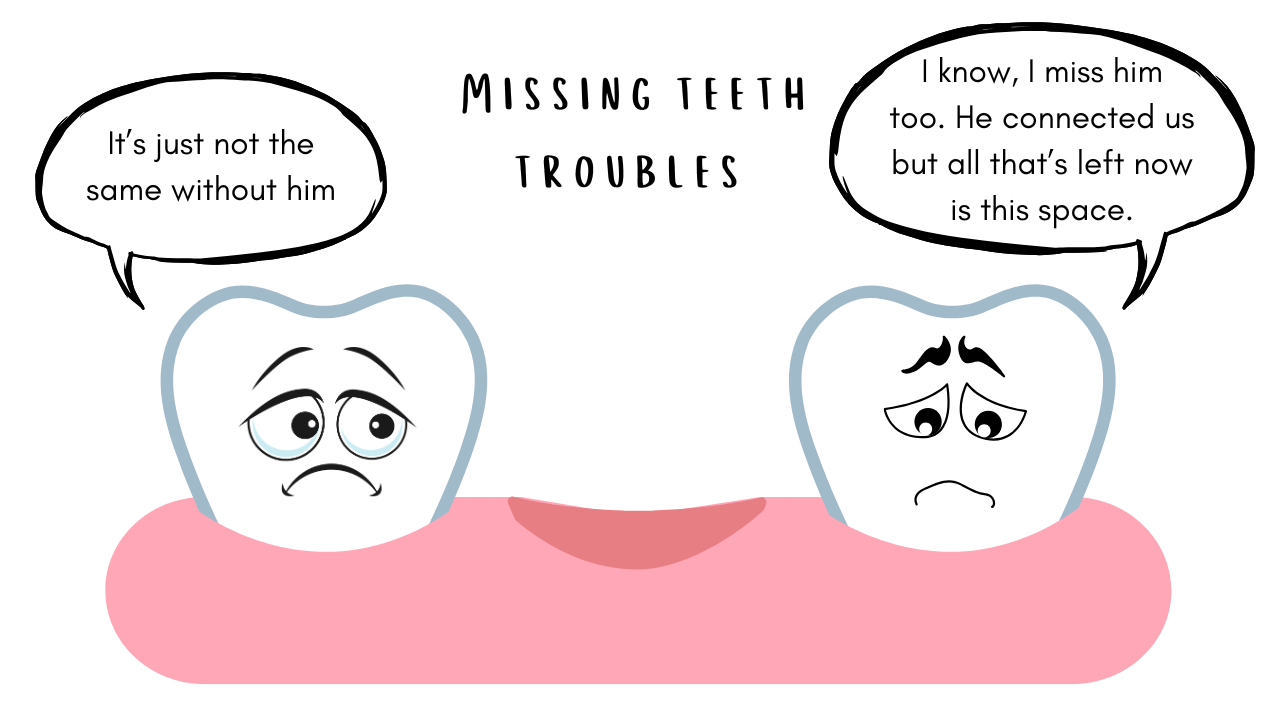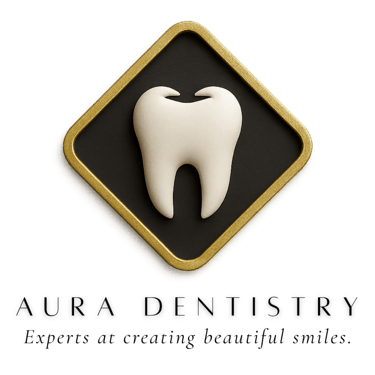Best Ways To Replace Missing Teeth


Losing a tooth can feel like a major blow, affecting not just your smile, but your confidence, eating, and speaking as well.
Fret not whether you lost your tooth due to an accident, gum disease, or any other reason, modern dentistry has come up with solutions to help restore both the function and aesthetics of your smile. Here’s a look at the top options for replacing missing teeth.
1. Dental Implants
Dental implants are often considered the gold standard for replacing a missing front tooth. An implant is a small titanium post that is surgically placed into your jawbone. Over time, the bone fuses with the post in a process called osseointegration, providing a stable and permanent foundation for a replacement tooth.
Benefits of dental implants:
Natural appearance and function: Implants look and feel just like natural teeth, and they allow you to speak and chew without difficulty.
Long-lasting: With proper care, dental implants can last a lifetime.
Bone preservation: The implant stimulates the bone, helping to prevent bone loss that can occur after losing a tooth.
When considering dental implants as a solution for replacing a missing tooth, there are several important factors to take into account. Implants are an excellent long-term option for many people, but not everyone is an ideal candidate, especially if the jawbone has deteriorated significantly. In these cases, additional procedures like bone grafting may be required before implants can be placed.
2. Dental Bridges
A dental bridge is another option for replacing a missing teeth. A bridge consists of one or more artificial teeth that are anchored in place by the adjacent natural teeth. The two teeth on either side of the gap are usually fitted with crowns, and the artificial tooth (or teeth) fills the space.
Benefits of dental bridges:
Quick procedure: Bridges usually take two visits to complete.
Less invasive: The process doesn’t require surgery like dental implants.
Improved aesthetics: A bridge restores the appearance of your smile, helping you feel confident again.
One downside to bridges is that they rely on the adjacent teeth for support, so the healthy teeth need to be treated endodontically and reduced down to accommodate crowns.
3. Partial Dentures
If you’re looking for a more affordable solution, partial dentures might be the right choice for you. Partial dentures are removable prosthetic devices that replace missing teeth. They consist of a plastic or metal base with one or more artificial teeth attached.
Benefits of partial dentures:
Cost-effective: Generally, partial dentures are less expensive than implants or bridges.
Removable: Partial dentures can be taken out for cleaning or at night.
Customizable: They are made to match your natural teeth, ensuring a good fit and appearance.
However, partial dentures do require proper maintenance, as they need to be cleaned regularly, and they may not be as comfortable or secure as implants or bridges.
4. Resin-Bonded Bridges (Maryland Bridges)
Resin-bonded bridges, also known as Maryland bridges, are a less invasive option compared to traditional dental bridges. Instead of placing a crown on the adjacent teeth, the bridge is attached to the back of the neighboring teeth using a metal or porcelain framework.
Benefits of resin-bonded bridges:
Minimal alteration of surrounding teeth: Maryland bridges don’t require the healthy teeth to be shaved down as much as traditional bridges.
Quick and less expensive: The procedure is less time-consuming and usually costs less than implants or other types of bridges.
One limitation is that resin-bonded bridges are typically used for replacing a single front tooth and might not be as durable in areas with high bite pressure.
5. Implant-Supported Bridges or Dentures
If you’re missing multiple teeth in a row, an implant-supported bridge or denture could be a great option. In this case, implants serve as the foundation for the bridge or denture, offering additional support and stability.
Benefits of implant-supported restorations:
Stability: Implants offer better support than traditional bridges or dentures, making them more comfortable and reliable.
Aesthetic appeal: They provide a more natural look compared to removable dentures.
No need to alter healthy teeth: Implant-supported bridges or dentures don’t require neighboring teeth to be shaved down, preserving the integrity of your natural teeth.
Conclusion
There are several effective options available for replacing missing teeth, each with its own set of benefits and considerations. Whether you choose dental implants, bridges, dentures, or resin-bonded solutions, modern dentistry offers tailored treatments to restore both the function and appearance of your smile. Consulting with your dentist will help you determine the best option based on your needs, budget, and long-term goals. With the right solution, you can regain your confidence and enjoy a fully functional smile once again.
